INTRODUCTION
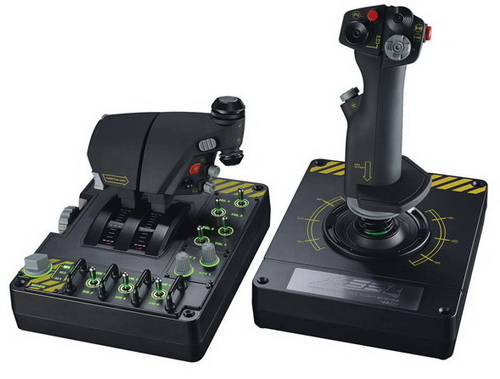
If you were a teenager in the 90's then you probably know that compared to that time combat flight and space simulators are almost non-existent today mainly because this particular genre doesn't have as many fans as it used to (perhaps age has something to do with that). You see back then we had the joy of playing not one but several space simulators like the entire Wing Commander series (I/II/III/IV/V/Privateer), Frontier: Elite II and Frontier Wars, Tie Fighter, X-Wing, X-wing VS Tie Fighter, Starlancer, Freelancer and Decent: Freespace I/II along with many regular combat flight simulators like Strike Commander, F-14 Fleet Defender, Jane's ATF, Jane's IAF: Israeli Air Force and of course Falcon 4.0. Fortunately game developer legends like Chris Roberts (creator of the Wing Commander, Starlancer, Freelancer and Strike Commander games/series) and David Braben (creator of the Elite Frontier series) have returned and are currently working on two separate massive space simulators called Star Citizen and Elite Dangerous. Alone these two may not be just enough to "even" things between now and then but with the help of other upcoming and not as "known" space simulators like No Mans Sky gamers may actually have something to keep them busy for a long time to come. To enjoy these games however in all their glory gamers are not only required to own high-end systems but also need to have a Joystick capable of giving them the edge they need like the X-55 Rhino HOTAS system by Saitek.
Mad Catz Interactive, Inc. (“Mad Catz”) (NYSE MKT/TSX: MCZ) is a global provider of innovative interactive entertainment products marketed under its Mad Catz® (gaming), Tritton® (audio), and Saitek® (simulation) brands. Mad Catz products cater to passionate gamers across multiple platforms including in-home gaming consoles, handheld gaming consoles, Windows® PC and Mac® computers, smart phones, tablets and other mobile devices. Mad Catz distributes its products through its online store as well as distribution via many leading retailers around the globe. Headquartered in San Diego, California, Mad Catz maintains offices in Europe and Asia. For additional information about Mad Catz and its products, please visit the Company’s website at www.madcatz.com
Roughly 5 years ago Saitek introduced the revolutionary X-65F, a very high quality HOTAS system which basically combined a force-sensing flight stick identical to the one used in the F-16 (although the force-sensitive technology is used in the F-22A and newer jets) with a dual throttle. Some small issues however along with its hefty price tag made the X-65F a weapon of choice mostly for flight enthusiasts thus "forcing" Saitek to do the next best thing which was to work on a brand new model placed closer to their very successful X-52 Pro HOTAS system. So just like the X-52 Pro (and unlike the X-65F) the X-55 Rhino makes use of a single spring to simulate the force needed to move the stick and since not every person has the same hands Saitek supplies not one but four different springs of varying resistance which the end user can quickly swap. The X-55 is also the first HOTAS system by Saitek to feature two individual USB connections so if you just want to use the flight stick or the dual throttle you can only use that and save space on your desk. Sounds interesting? We feel the same way so let's move forward with our review of the X-55 Rhino HOTAS System by Saitek.
SPECIFICATIONS AND FEATURES
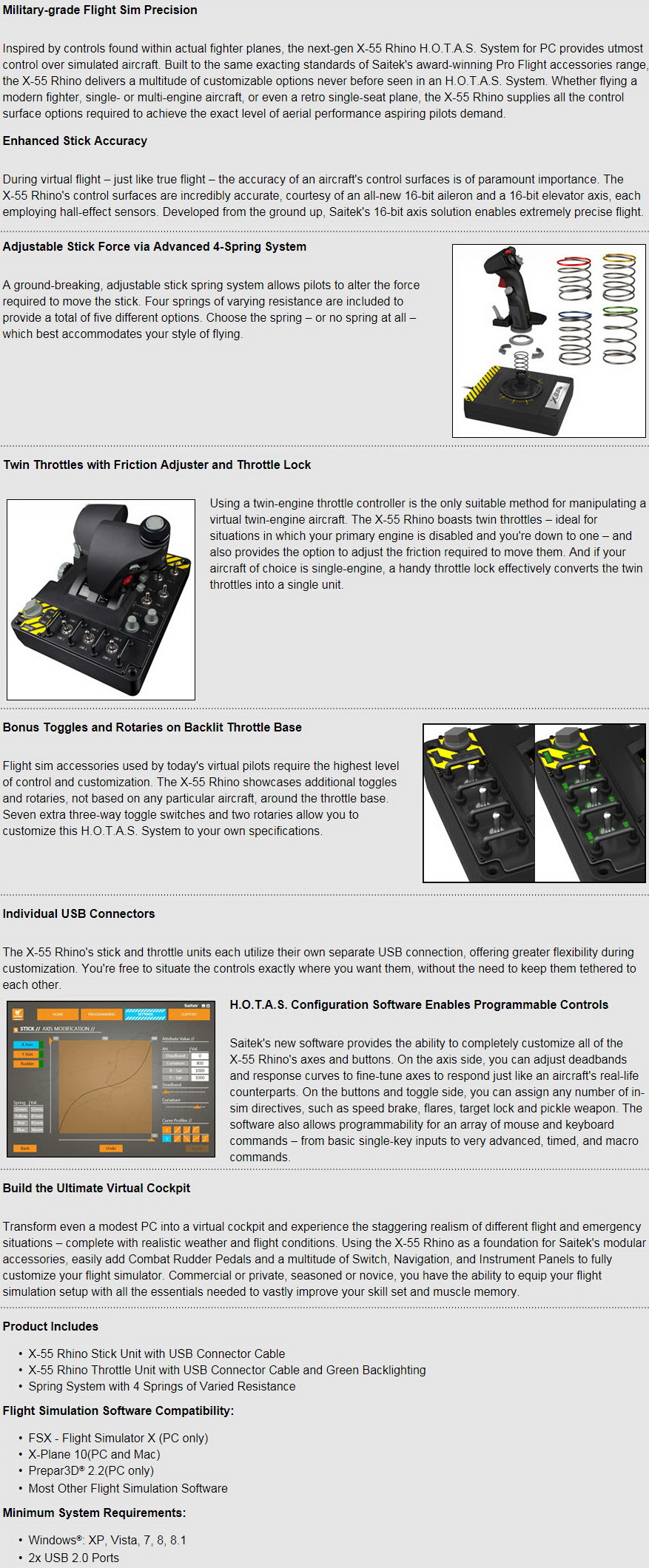
PACKAGING AND CONTENTS
A large X-Ray picture of the X-55 Rhino is placed at the front of the box along with the company logo and some of its main features.
All of the product features are pointed out at the rear with the help of two large product pictures.
You can find the specifications of both the stick and dual throttle at the bottom of the box.
The entire bundle is placed inside two thick pieces of cardboard.
Inside the box Saitek has placed the flight stick with its base, dual throttle, 3 extra springs (the 4th is pre-mounted), user manual, information paper and 4 case stickers.
THE X-55 RHINO FLIGHT STICK
It may seem confusing at first but actually swapping the springs and attaching the flight stick is very easy.
To swap the springs you need just to detach the large ring, then the smaller ring (it's a two piece ring), remove the pre-mounted spring, place another one and mount the flight stick.
The flight stick features a nice rubber coating and has a very large base which ensures maximum stability even during serious dogfights.
A brushed aluminum plate with the product model is placed at the rear.
At the top rear of the stick we find 3 eight way HAT switches (one is POV) and a push button.
There's also a thumb button present and a medium sized hand rest.
Finally we see another push button on the upper right end, pinkie button and single stage trigger at the lower front and of course the primary button at the upper front.
The flight stick of the X-55 Rhino features a 2 meter cable with a gold plated USB connector.
On the other side of the base we see several holes which can probably be used to mount the flight stick on a surface (we may have a stand soon to check that out).
THE X-55 RHINO DUAL THROTTLE
The dual throttles are also rubber coated but what really steals the show are the switches and dials placed on the base.
The entire idea behind the dual throttle design was to give people complete control over dual engine aircrafts but since in most games you have just one engine you can lock both throttles together.
A silver scroll wheel is placed at the left side of the throttle.
On the right side of the throttle we see a push button, 2 eight way hat switches, mouse nipple, 2-position slider and 2 rotating dials that also act as push buttons.
Two more buttons are placed at the front of the throttle right next to a 3 way button.
On the lower end of the base we see the 3 way mode button and 3 toggle switches.
The friction knob for the throttle is placed on the left side.
There are 4 extra toggle switches on the right side along with two dials.
The dual throttle also features a 2 meter cable and a gold plated USB connector.
Many extra holes on the other side of the base as well so we can't wait for our stand to arrive to check them out.
X-65F VS X-55 RHINO
Having used every single HOTAS by Saitek to date i thought it would be nice to compare my favorite X-65F with the newest X-55 Rhino. One very important thing you need to know is that the X-65F is primarily made out of metal while the X-55 Rhino is made out of hard plastic. That allows for a much sturdier flight stick and a much smaller base in the case of the X-65F.
In terms of design the flight stick of the X-65F is almost identical to that of the X-55 Rhino.
The dual throttle of the X-65F is also of a much higher quality compared to the one of the X-55 Rhino but unfortunately lacks the extra toggle switches and dials (it does however have 2 HAT switches instead of push buttons) and the throttle controls are much stiffer even at the lowest setting.
USING THE X-55 RHINO
Since the X-55 Rhino ships without any kind of software CD you will need to download the drivers and software from either the official Saitek page or the product page as seen above.
Once you install the drivers and plug both parts the rings around the switches and dials at the base of the dual throttle will light up green.
There are also some green LEDs beneath the HAT switches placed at the top of the flight stick but they don't stand out much.

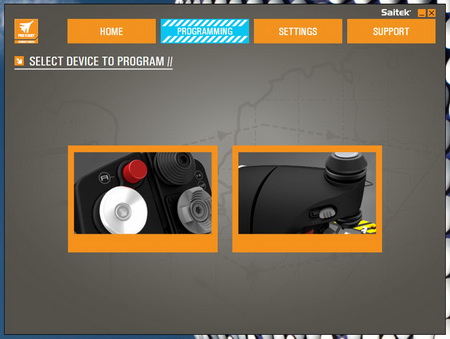
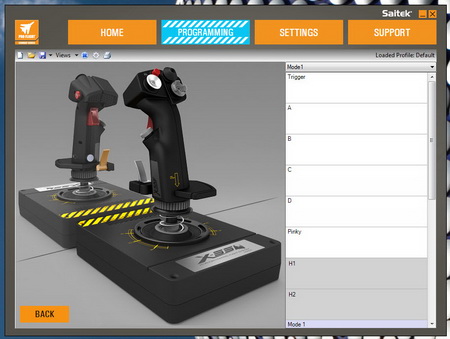

The control software is very basic (for good or bad) so after you choose your language through here you will be able to reprogram all of the buttons on both the flight stick and throttle and save them into three different modes.
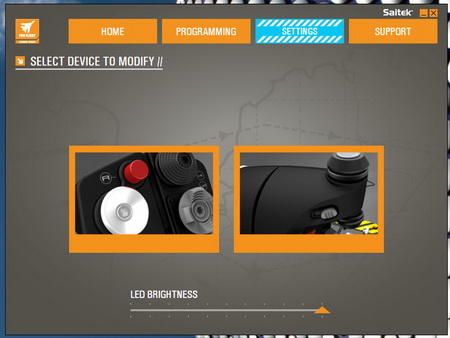
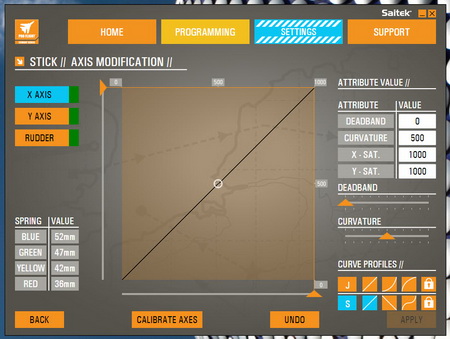
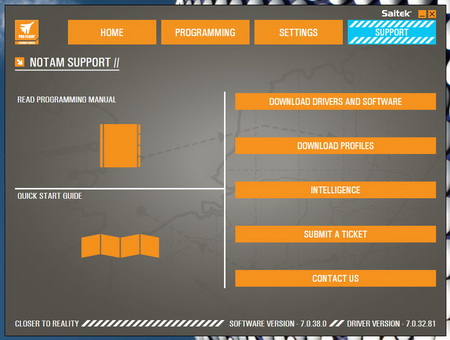
You can also adjust the brightness of the LEDs, calibrate and add curves and dead zones to all axes and also check for new driver and software updates and submit support tickets.
To exhaust all things in testing the X-55 Rhino we used three different space simulators for a period of 2 weeks (Star Citizen, Elite Dangerous and The Battle of Sol).
CONCLUSION
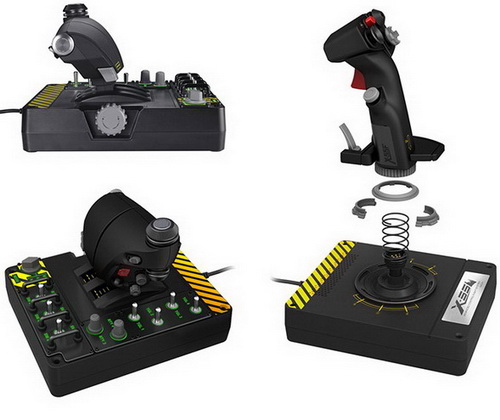
We started our tests with Star Citizen since Chris Roberts vision is something that no one has ever attempted in the past and although it's still far from perfect/complete in all aspects from system requirements to graphics and controls it's still a lot more promising than anything else currently available. The good news is that although still in Alpha status it supports the X-55 Rhino out of the box although the game lacks certain configuration settings which would make things even better for people with a HOTAS system. Then we moved to Elite Dangerous yet another massive space simulator which may not be on par with what Star Citizen aims to feature when ready but still can offer many hours of play and actually fully supports the X-55 Rhino since there's an available profile on the Saitek support page ready for use with this particular game. We wrapped our tests with The Battle for Sol a space simulator brought here by one of the other guys as a "gift" and although i can't even compare it to the other two it was surprisingly fun although i have to point out that it doesn't support the Dual Throttle of the X-55 Rhino (and you can't manually force it) a problem which i hope the developers can short out sooner rather than later (some buttons are also not recognized by default). During testing although the X-55 Rhino features 16-bit aileron and elevator axis we found that compared to the X-65F it wasn't as accurate and even with the tallest spring (green) the flight stick just feels too "light" at times (that could just be me however after using the X-65F for so long). The buttons and HAT switches are also not as good as the ones used in the X-65F but even so i doubt people will have problems with them especially since the X-52 Pro my brother uses counts over 5 years in his possession and still works as it did the first day he got it. Perhaps the most "radical" change we see with the X-55 Rhino compared to the X-65F however is the dual throttle since it features several toggle switches and a much softer stiffness system (this was the sole problem with the X-65F since even at the lowest level the throttle controls needed too much strength to move - you could tamper with it however). Saitek also offers detailed control software that allows you to adjust pretty much everything on both the flight stick and dual throttle (although it doesn't look that good i have to admit). Finally the two individual USB connectors is something we all hoped the X-65F featured so we were all glad Saitek added it to the X-55 Rhino. With this addition not only can you use just the flight stick alone or "pair" the dual throttle controls with another flight stick but you can also place both parts wherever you want without having to worry about the cable connecting them together.
As we speak the X-55 Rhino HOTAS system by Saitek retails for just USD160 inside the USA (Amazon.com) and for 191.98Euros inside the EU (Amazon.de) and since the top of the line X-65F is no longer in production this is the best HOTAS system currently available by Saitek. This of course is not a bad thing since getting a complete HOTAS system with so many buttons and features for way under USD200/200Euros is a bargain for gamers and regular consumers. However at the same time this leaves the really demanding flight simulator enthusiasts with two choices, the much more expensive Thrustmaster Warthog HOTAS System or an equally expensive set of your choice by CH Products (the ones who started it all). In the end it all comes down to what you need and how much you can afford to spend on it to play your favorite games. The X-55 Rhino may not be perfect but it combines very good accuracy with an excellent dual throttle that has plenty of switches, buttons and dials for much less compared to the competition and that's why it gets our Golden Award.
 PROS
PROS
- Overall Build Quality
- Spring System (4 Different Springs)
- Very Good Accuracy
- 16-Bit Axis
- Available Buttons
- Dual Throttle Stiffness
- Control Software
- Individual USB Connectors
- Price (For Some)
CONS
- Not As Accurate As the X-65F
- Available Springs Don't Offer Much Resistance
- Not Supported By Every Game

 O-Sense
O-Sense





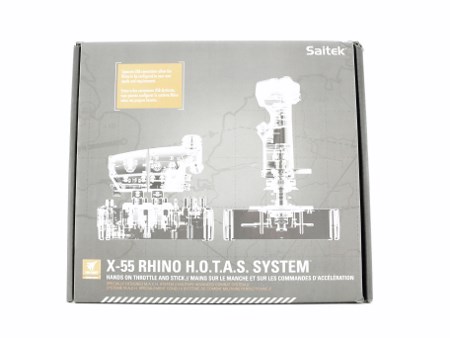
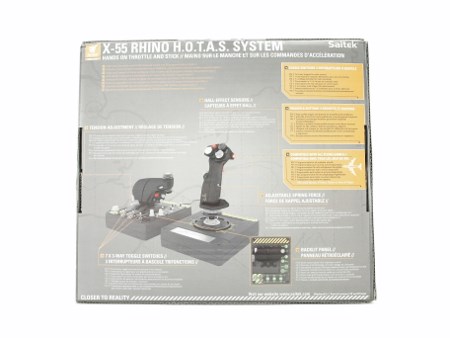
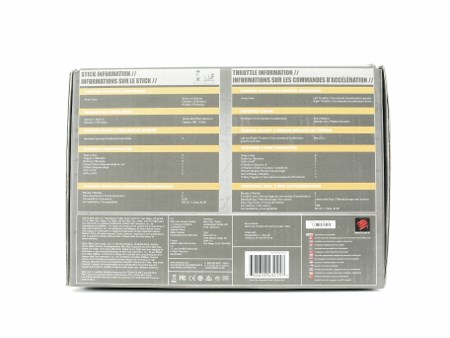
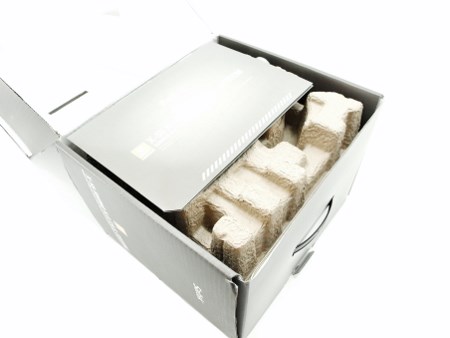
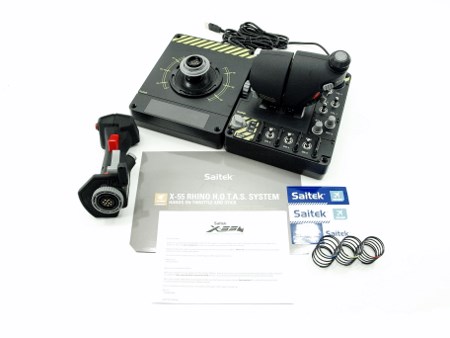
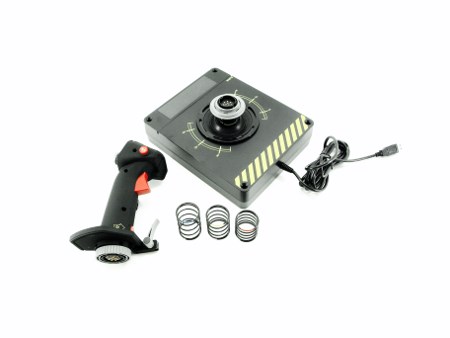
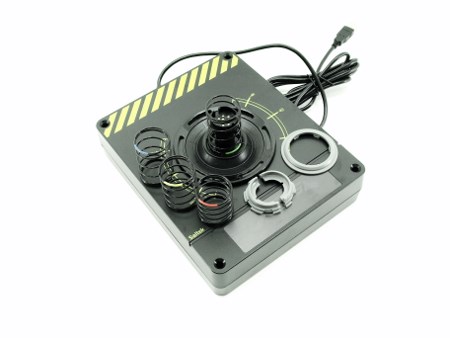
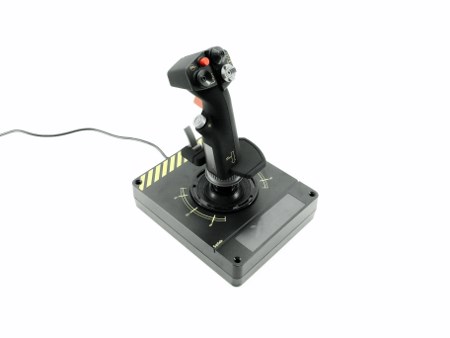
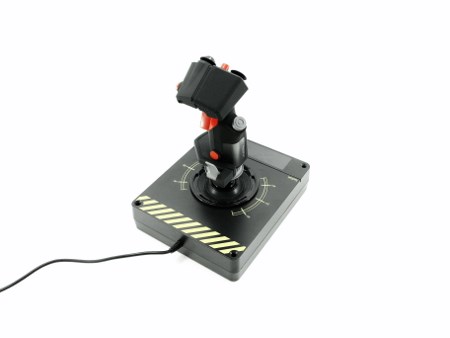
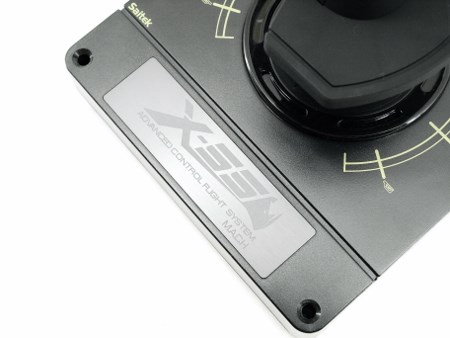
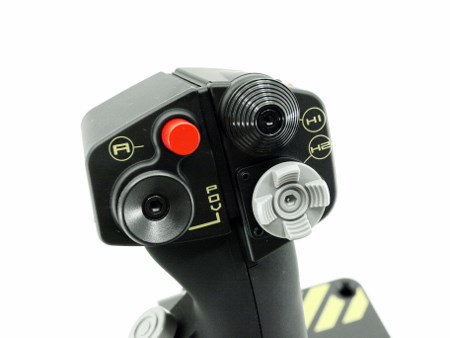
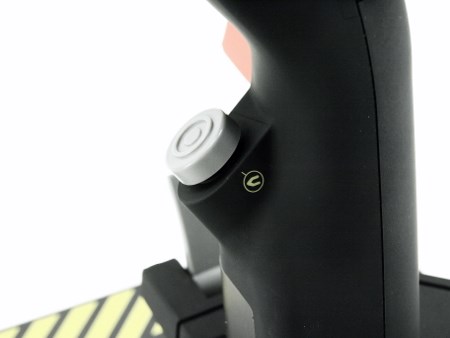
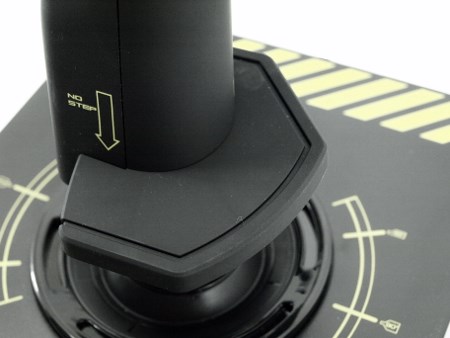
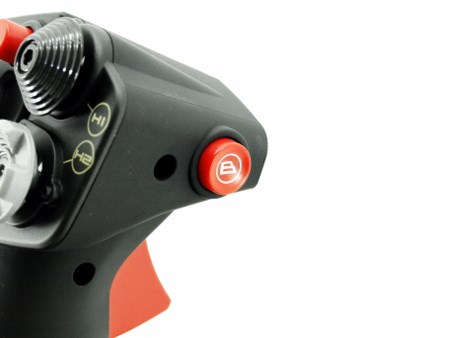
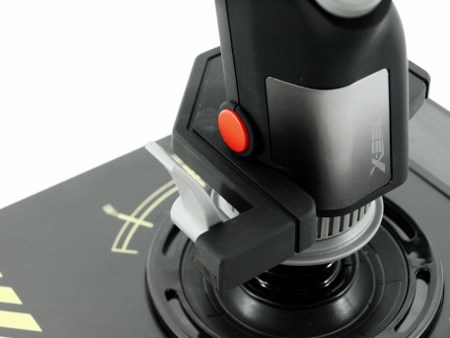

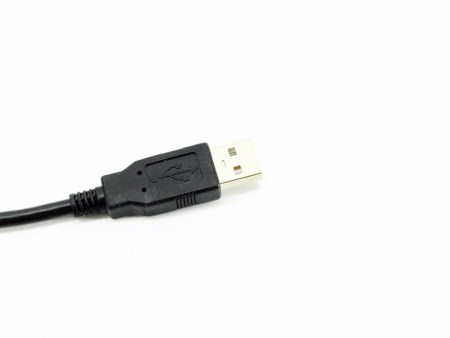
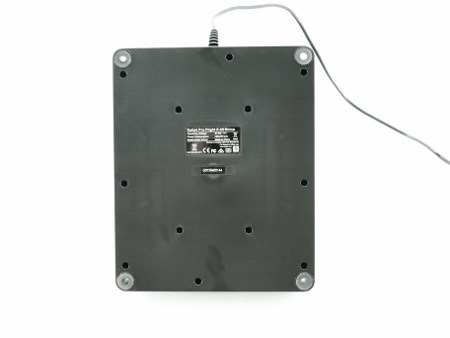
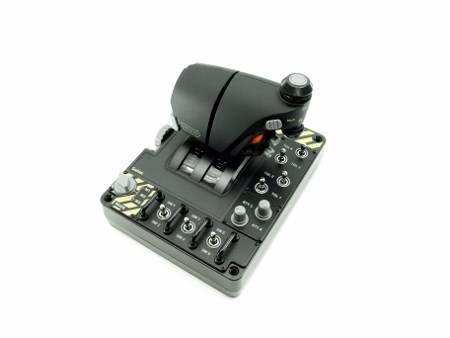
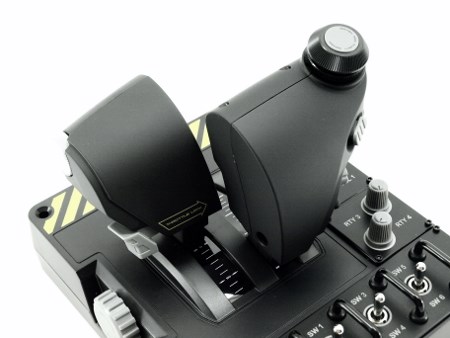

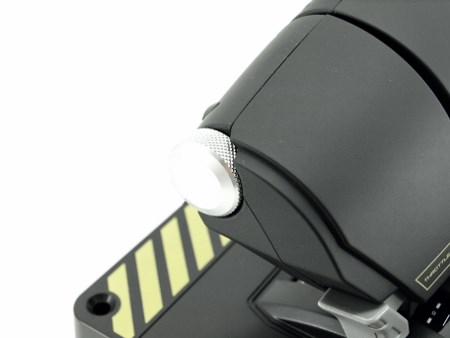
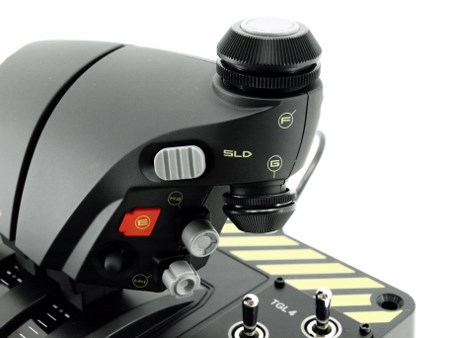

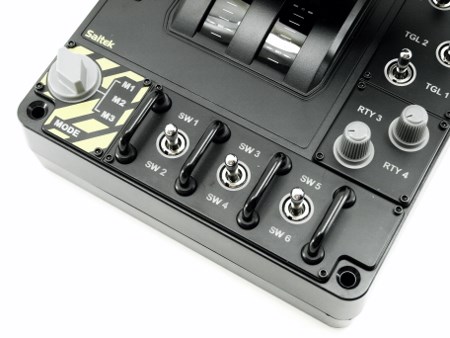
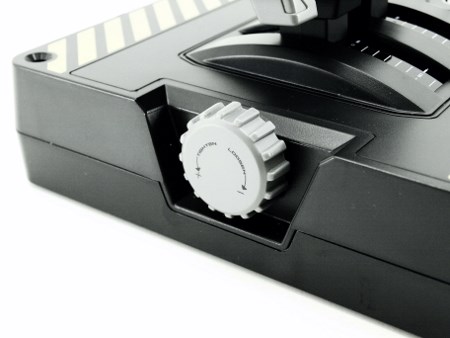
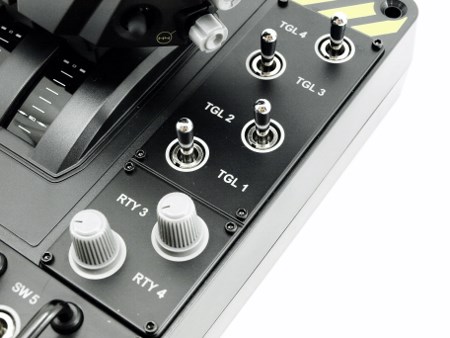
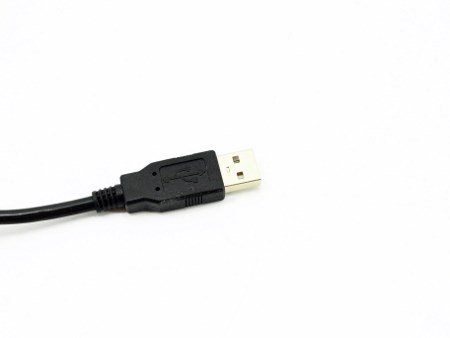
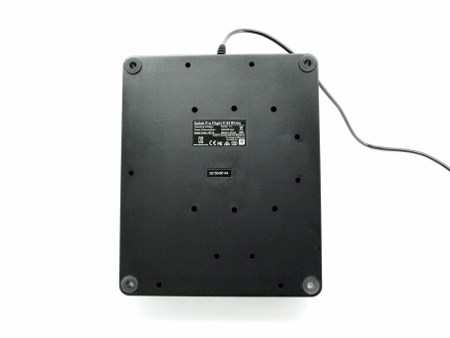
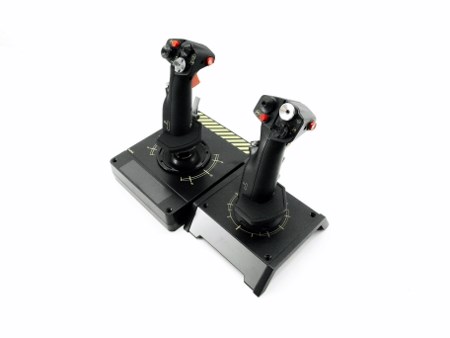
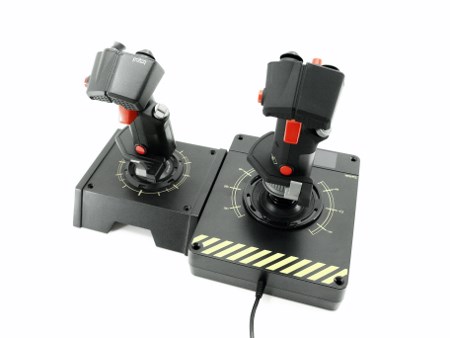

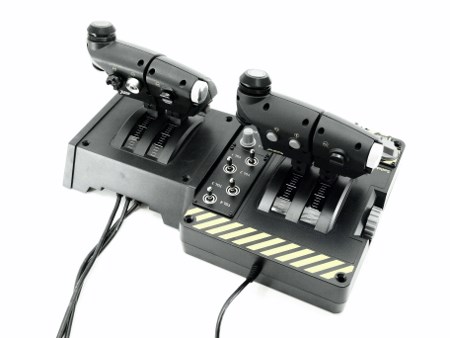
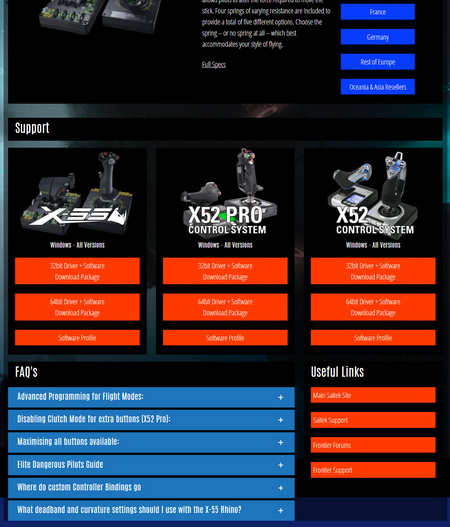

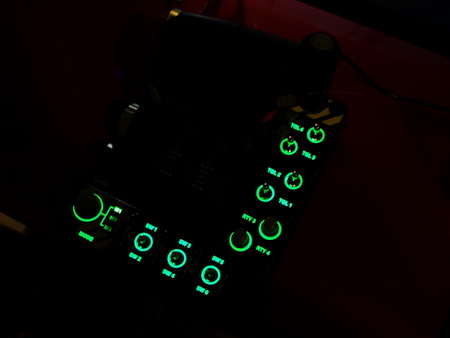
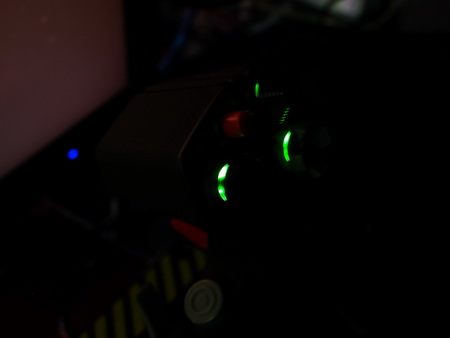
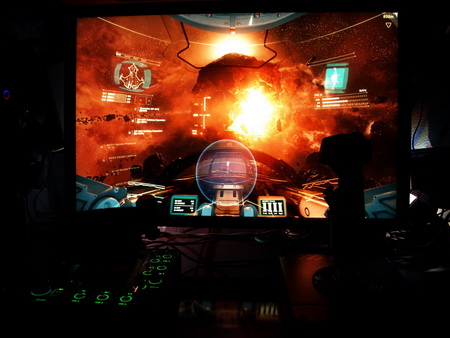
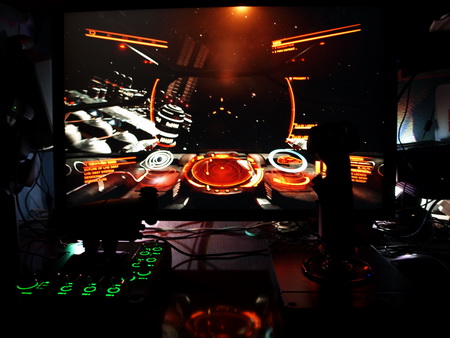
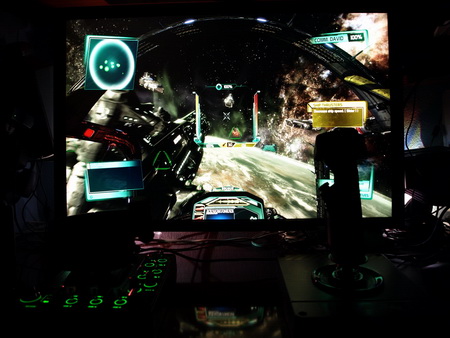


.png)

